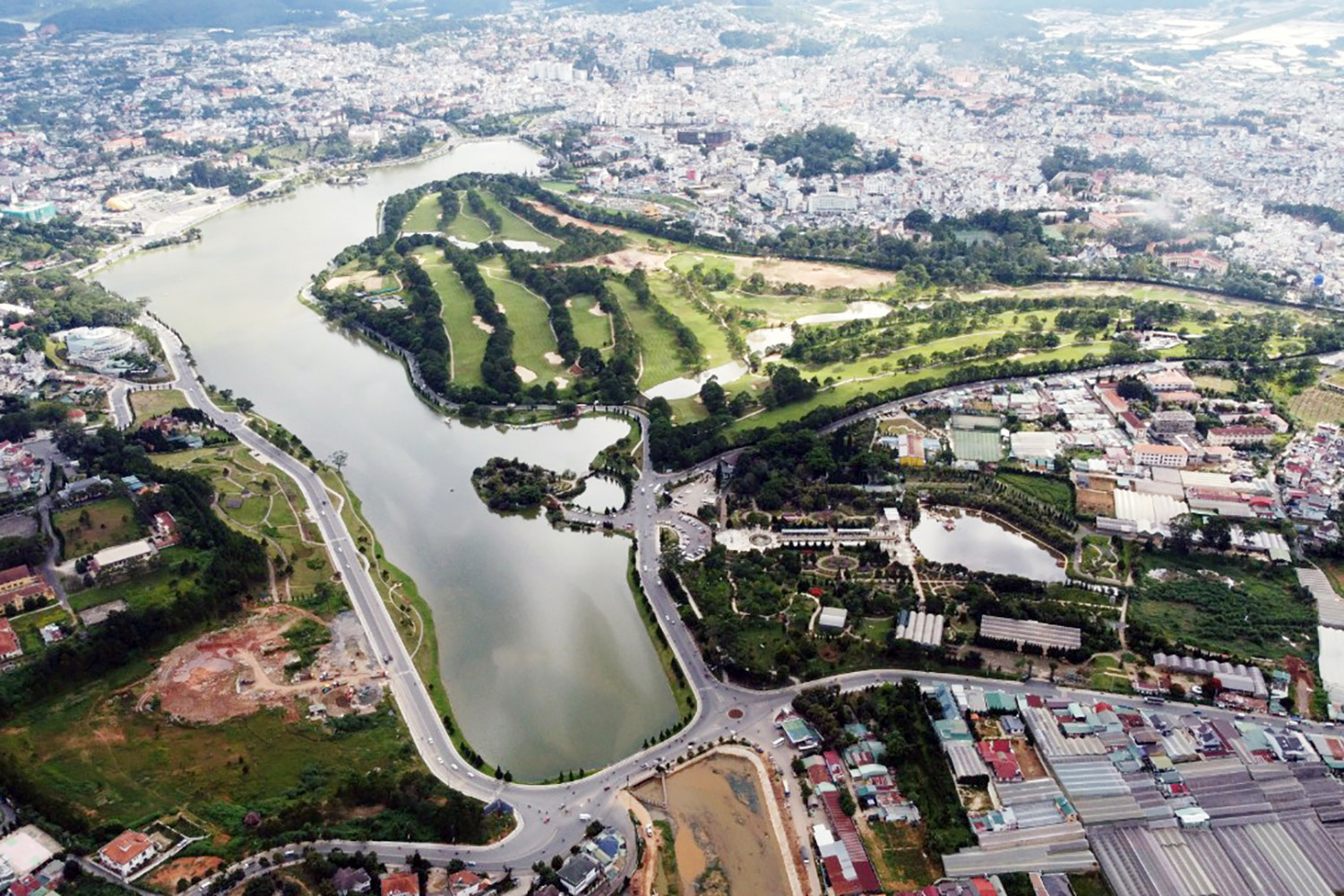
Following the proposed merger of several provincial-level administrative units, Vietnam’s geographic and demographic landscape is set to change significantly. Once the mergers are finalized, Lam Dong will emerge as the largest province in the country by land area.
Under the central government’s approved plan, the total number of provincial-level units will be reduced to 34, comprising 28 provinces and six centrally governed cities. The restructuring is expected to result in notable shifts in the rankings of provinces by both area and population.
According to the plan, the new Lam Dong Province will be formed by merging the current provinces of Lam Dong, Dak Nong, and Binh Thuan. This administrative reorganization was designed based on geographic continuity, socio-economic compatibility, and cultural cohesion.
The newly merged Lam Dong will cover a total area of 24,233 square kilometers, making it Vietnam’s largest province. It is anticipated to become a regional hub of sustainable development, positioned at the intersection of the Central Highlands and South-Central Coast.
The province will have a combined population of over 3.3 million people. Da Lat will continue to serve as the administrative and political center of the new Lam Dong.
Before the merger, Lam Dong was part of the Central Highlands region, bordering Binh Thuan (to the south and southeast), Dak Nong and Dak Lak (to the north), Khanh Hoa and Ninh Thuan (to the east), and Dong Nai and Binh Phuoc (to the west).
The expanded territory will not only increase Lam Dong’s geographic scale but also enhance its inter-regional connectivity and economic integration.
Dak Nong, before the merger, had a land area of over 6,510 square kilometers and a population of about 692,000. The province is known for its rich mineral and energy resources. Binh Thuan, a coastal province in the South-Central Coast region, covers 7,812 square kilometers and has a population of more than 1.26 million. It holds strategic advantages in marine fisheries, beach tourism, and renewable energy.
The merger is not merely administrative, but part of a broader regional development strategy aimed at maximizing the combined strengths of the three localities.
With its diverse climate, abundant natural resources, and competitive advantages in agriculture, industry, and tourism, the new Lam Dong is expected to become a key growth driver in the expanded Central Highlands. The province will serve as a vital economic connector between the southern key economic region and the south-central coastal corridor.
As part of the transition, local authorities are actively working to restructure administrative units at the grassroots level, reorganize governmental bodies, and invest in infrastructure and public services to match the province’s expanded scale. The long-term goal is to develop a balanced, modern, and environmentally friendly growth space worthy of Lam Dong’s new role as Vietnam’s “green hub.”
Y Nhuy